|
Places of the Mind is the formal title of this exhibition. Having said that I don't often go to the British Museum I have in fact been there quite a few times in reason weeks. One of the reasons is to see this free exhibition of British Watercolours. It is located on one of the top floors, accessed from the back and the top of the central Rotunda. When you think of British Watercolours you think of the image above right? Well it is both true and not true as this exhibition shows, and I with my poor grainy photographs will try to summarise for you. The British museum has quite an extensive Watercolour collection, of which I suspect this is a small sample and the exhibition, as you might expect takes you through some of these chronologically. There are three good sized rooms dedicated to these works and probably over 150 pictures. I am not nearly so helpful so will merely display my favourites. Wistful slightly murky scenes attract me as the two above by Samuel Palmer and Edward Poynter respectively. A similar subject treated in quite a different way, Palmer's bare and autumnal and gloomy shadow where as Poynters is more springy and joyful with sunlight breaking through the clouds. It is interesting also the effect different frames can have with the gold frame of Poynter's supplementing the work. Hubert Coults now (on the left, and why is no one called Hubert anymore?) with what at first glance might appear to be a colonial scene in north Africa but is in fact a sheep run in Winderemere, who knew. Must have been a blisteringly hot summery to get Windermere like that. I do like the orangey earthy tones. Incidentally there was much reference in the descriptions to body colour which I finally worked out is the same as gouache (or other opaque watercolour type media). George Boyce produced the other work on the right, a sumptiously green, typically English scene and indeed it is being the river Teme in Shropshire. Interestingly there were in the case behind this the preliminary sketches, both pencil and watercolour with the final work being produced in a studio. I imagine it is just too difficult to produce a work of the detail of this, outside, given the vagrancies of the British weather. I often wonder, when I see things like this, if given the same technology we have artists like Boyce would have taken photographs and worked from them. I suspect the answer is no doubt some of them would Changing tack entirely and stretching the definition of landscape quite significantly you have these discrete pieces, John Brett's Pansies and Fern shoots on the left and John MacWhirter's (excellent name) Study of heather above right. I like the way the pansies loom out of the night in Brett's piece, and the water effect in MacWhirter's. I do think that both pieces are a bit swamped and a bit lost in their massive mountings. I suspect a standard size frame is to blame. Easier to store etc. You can't have watercolours without having Turner, and here above, again stretching the definition of landscape is this stormy, menacing seascape of Venice. Turner in his watercolours manages to do the same thing that Japanese and Chinese ink paintings do, that is less paint, somehow showing more. I like the almost skeletal figures in the foreground.
Watercolour excels at water effects. It is also often a second string to those who have excessively talented bows in the first place. So the fine waterfront view, with the superb elongated windows (above left) in the reflection is by Charles Rennie Mackintosh. The babbling brook with the white sprays of water rushing past the multicoloured rock and over the pebbly sand is by John Singer Seargent. For those of us who can barely paint anything in one medium it is always slightly galling to encounter those who flourish in several. As the timeline advances further into the 20th century more abstract so we have this Daliesque landscape by Ralph Maynard Smith with its soft undulating lines (above left) and Cecil Collins' Seashell- Mysterious Joy (above right) which has a distinctly embryonic feel, like a galactic fetal scan. Of course with abstraction come weirdness like this terrifying version of the Essex cost by Michael Rothenstein (above left) with the barbed stems rising out the bottom of the picture. In a similar vein is are the strange spectral hand like quality of what are apparently Pollarded Moon trees, rising blooded and strange out of the darkness. Death is always going to be a subject matter in painting Nash does it well. John Singer Sergeant makes a re-appearance with this spectral disturbing Graveyard in the Tyrol (above left) contrasting the brutal cubist lines of Edward Wadsworth which I thought at first was first world war tanks wrecked and destroyed but in fact is called Slag Heaps at Leeds Steal Works, it somehow has the same effect. I shall sign off with this Henry Moore watercolour sketch, a preparatory work for one of his sculpture, I know not which one.
Finally, on 19th August I am having an exhibition.
0 Comments
Leave a Reply. |
Archives
June 2024
Categories |
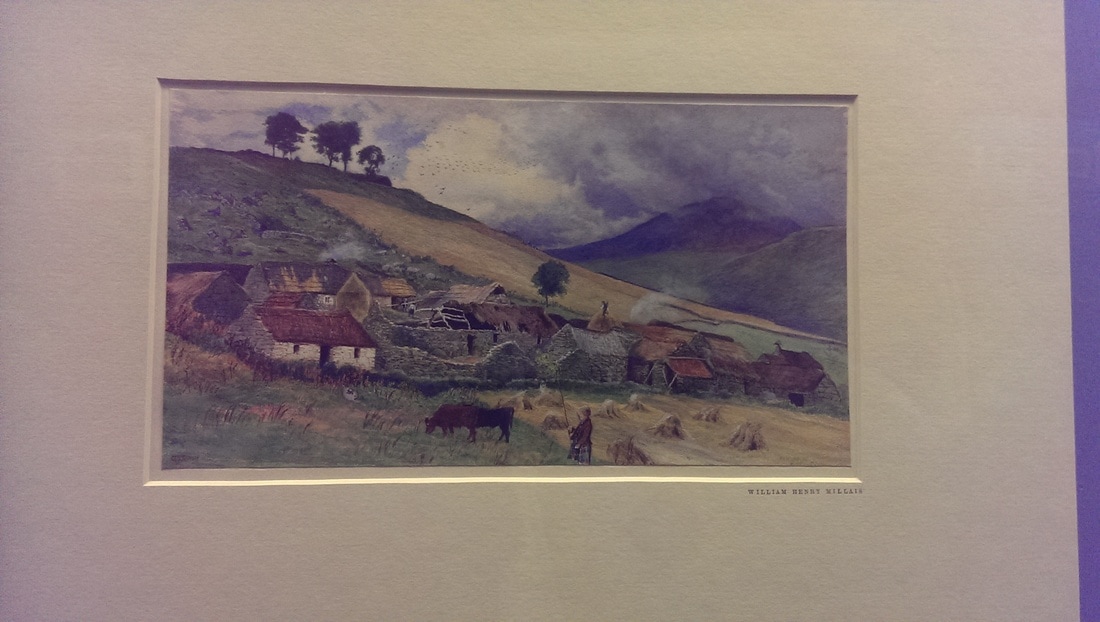


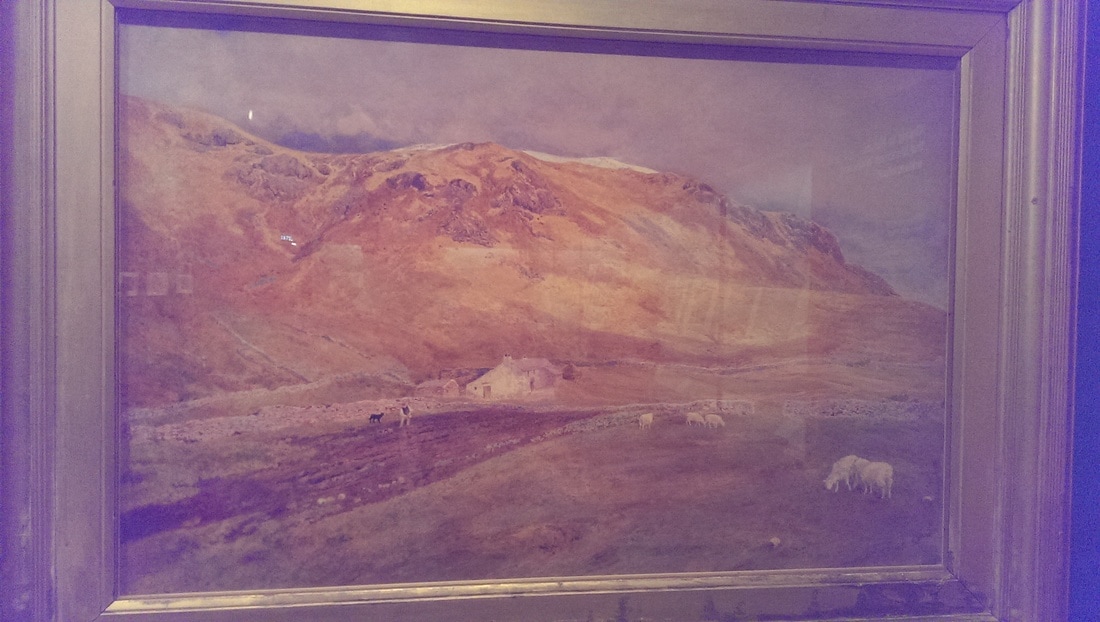
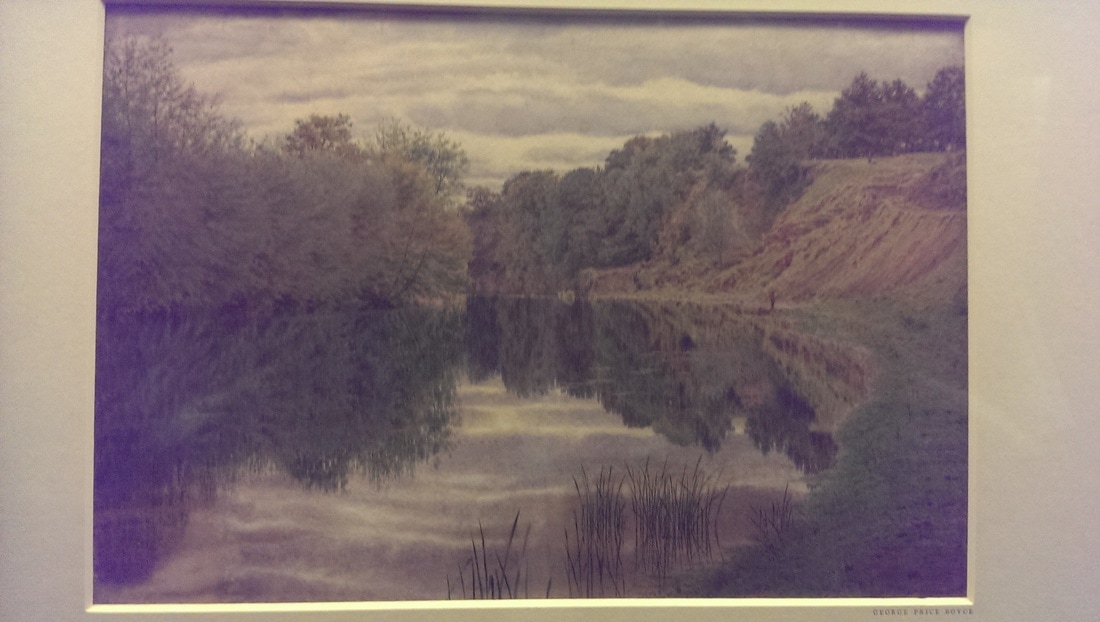
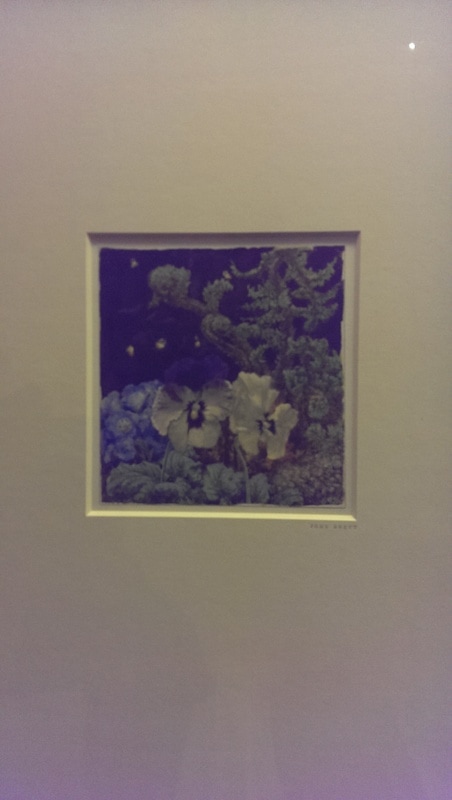

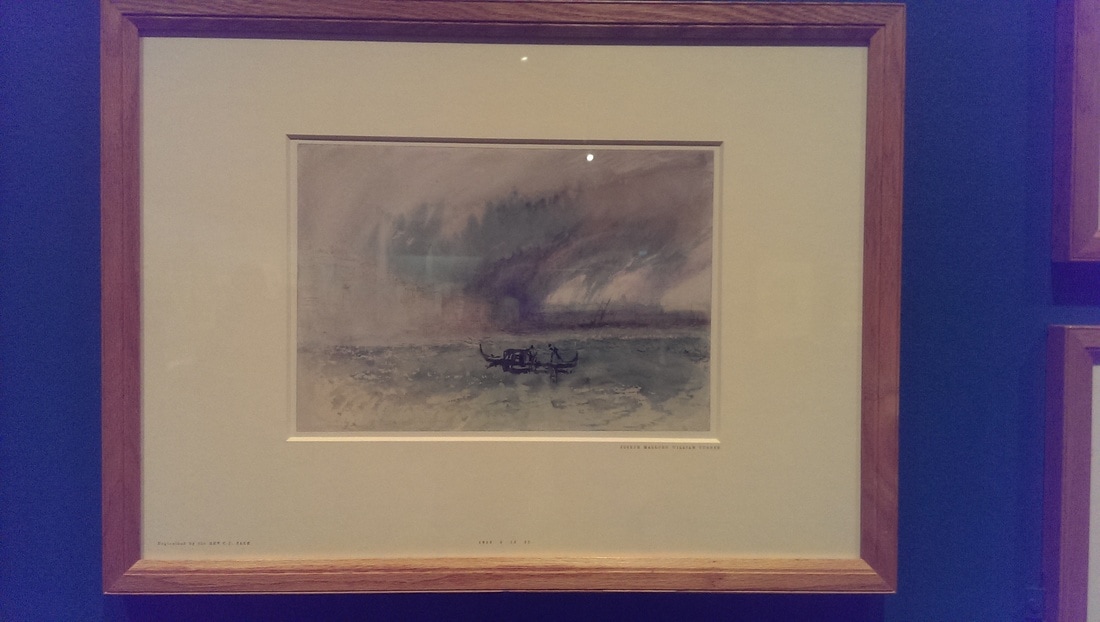
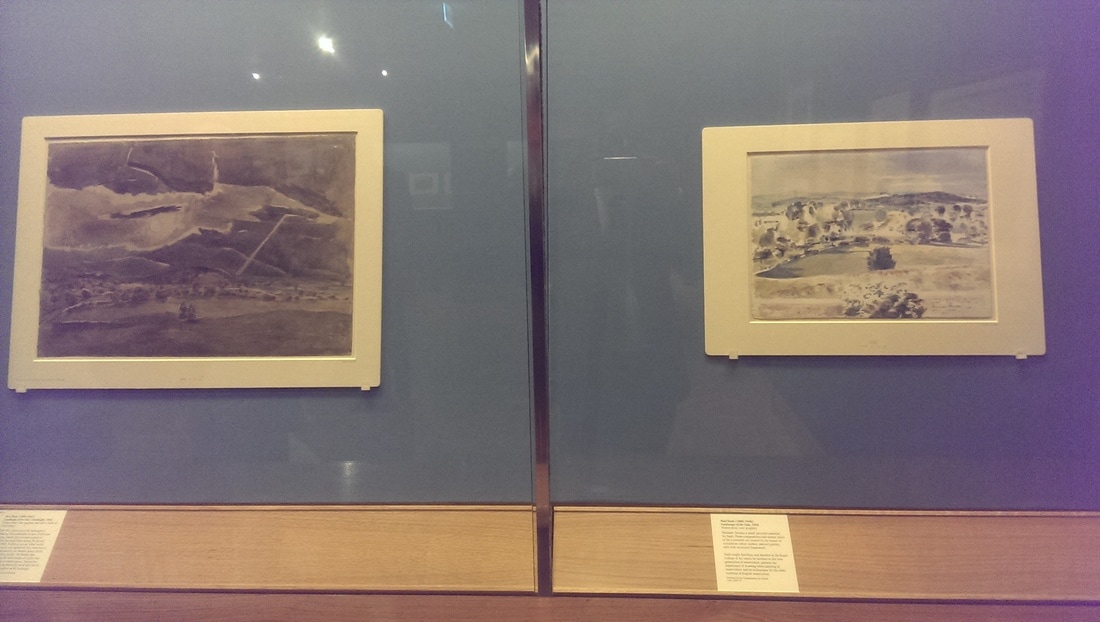
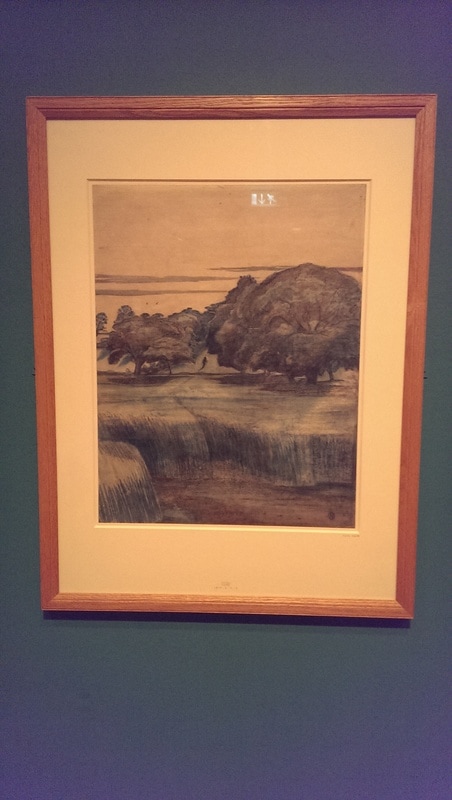
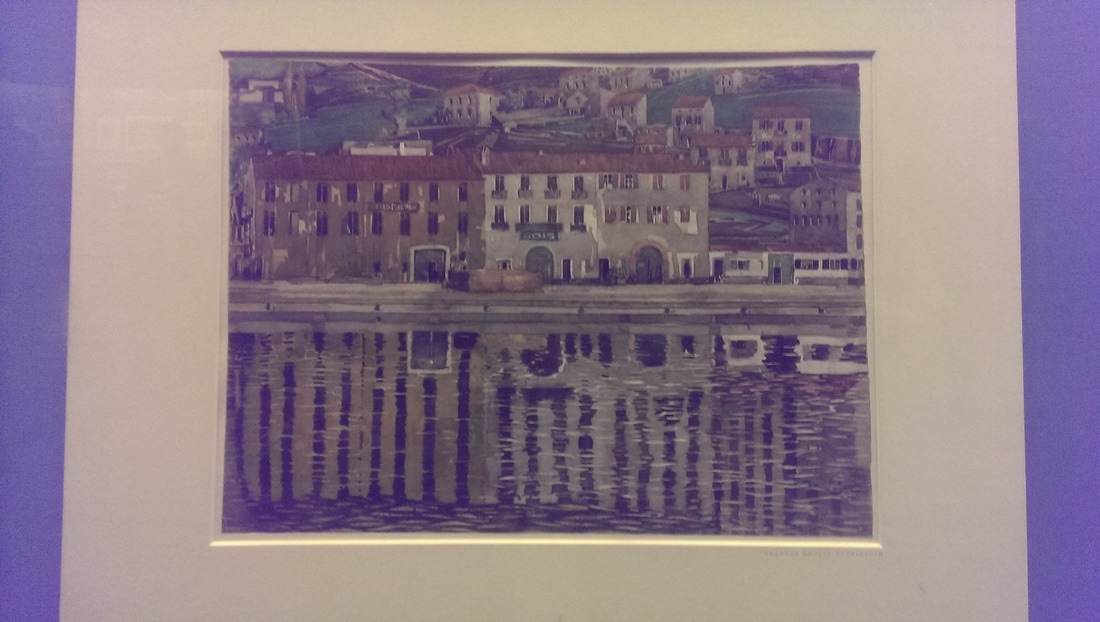
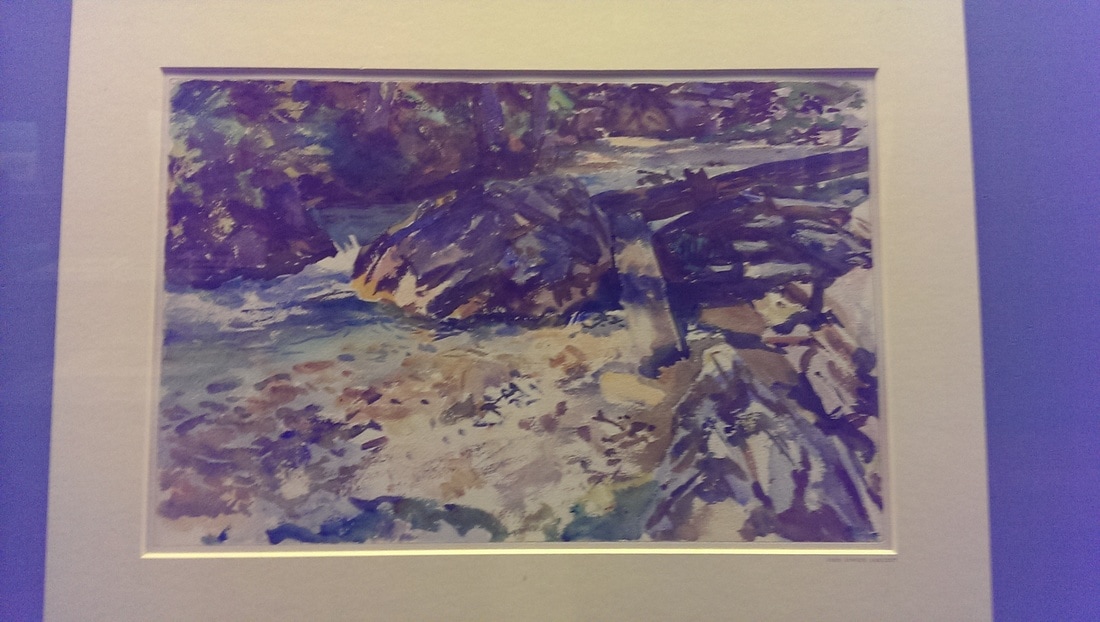
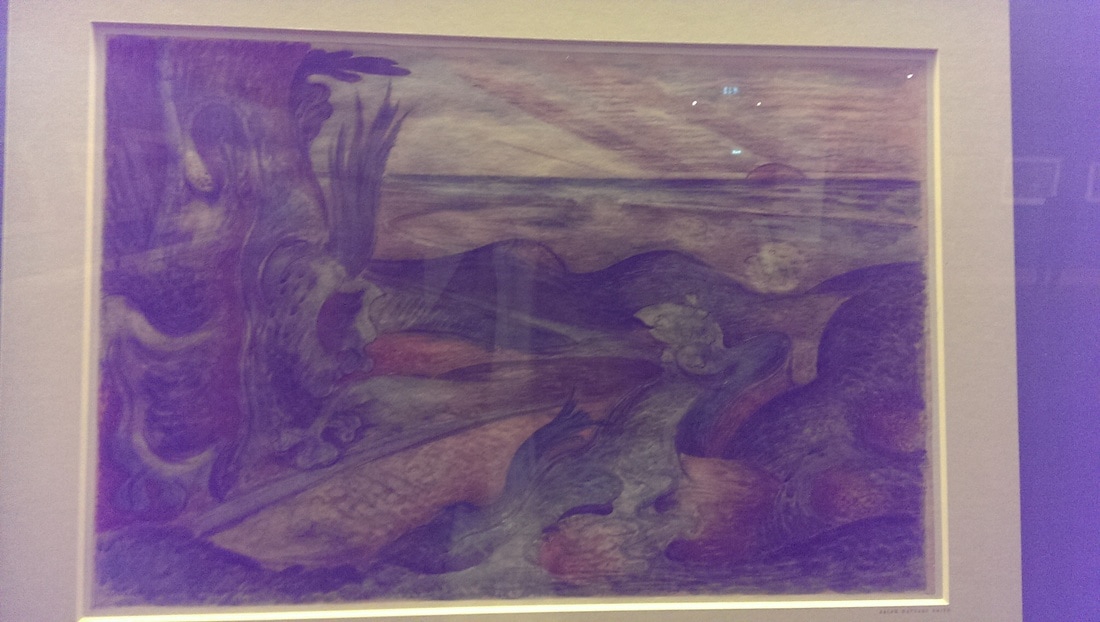
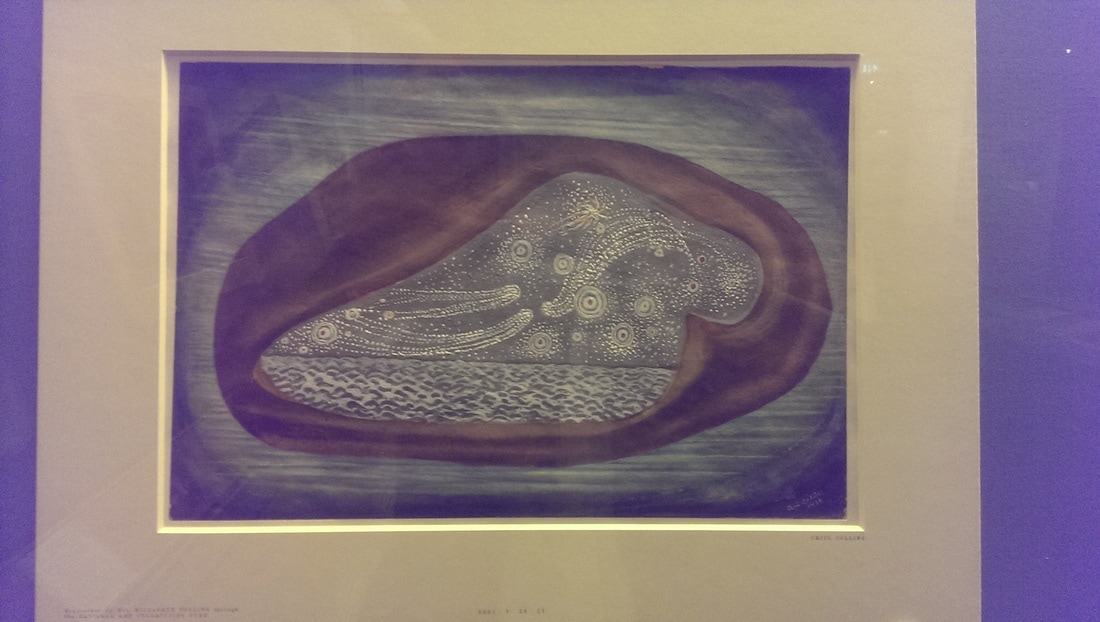
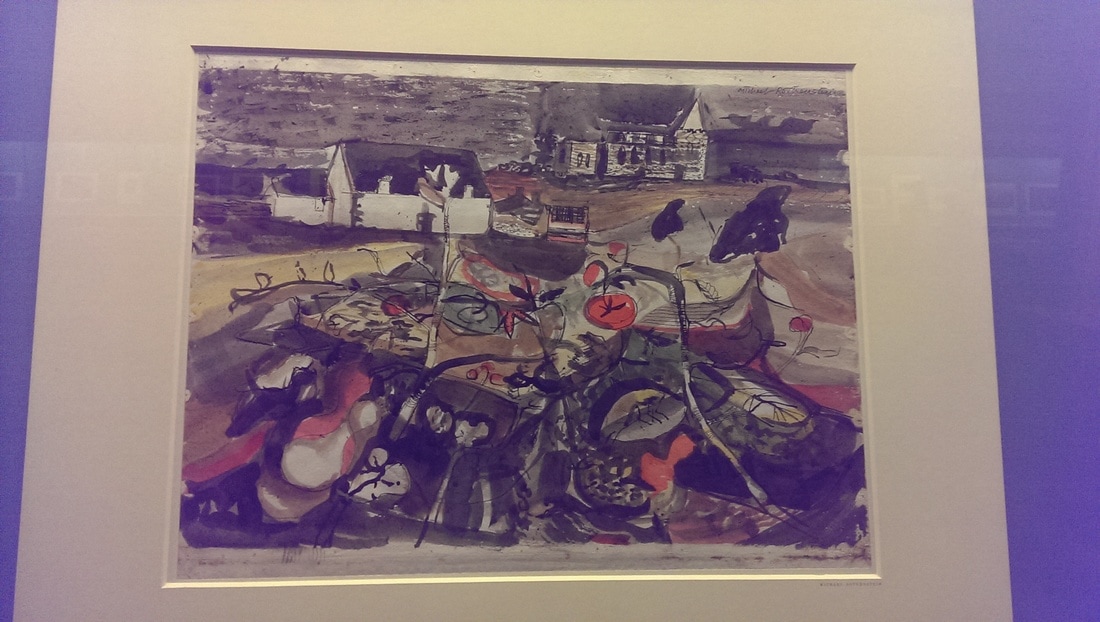
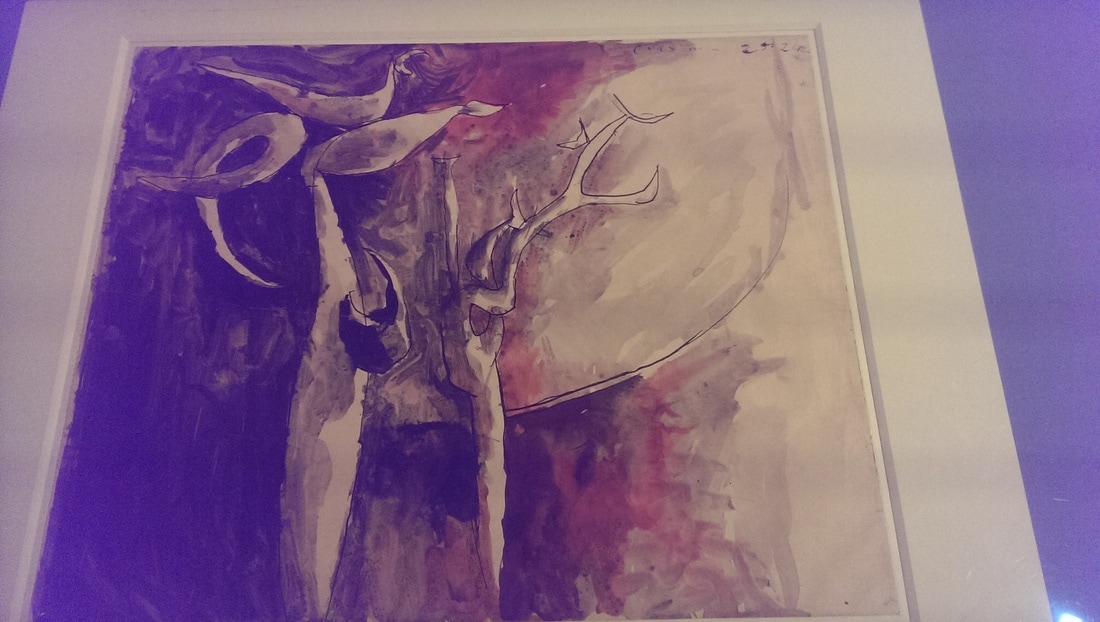
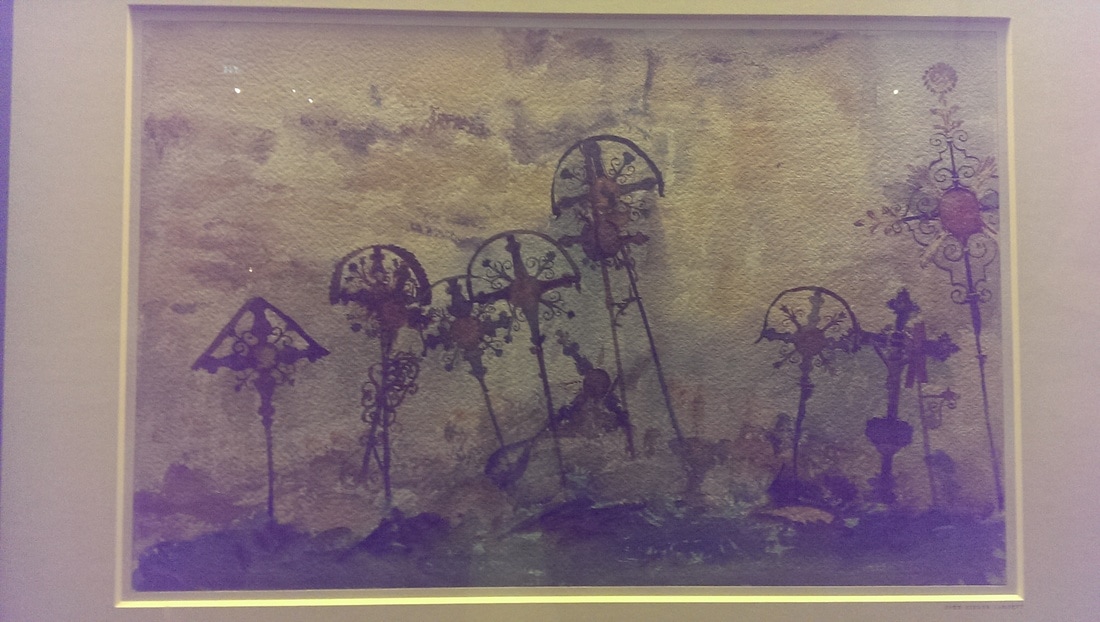
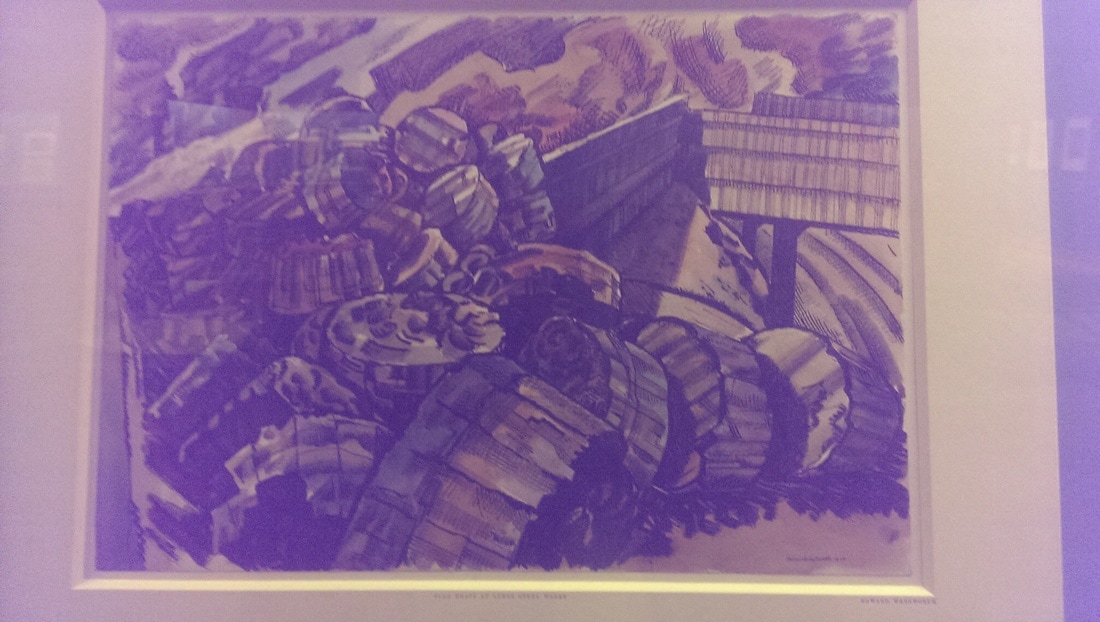
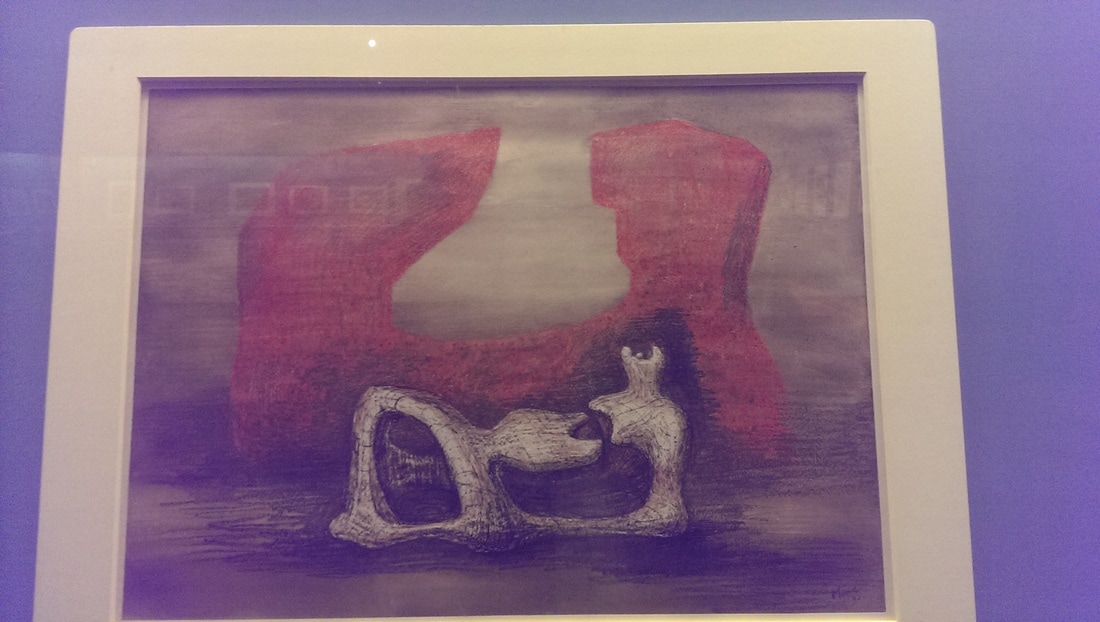
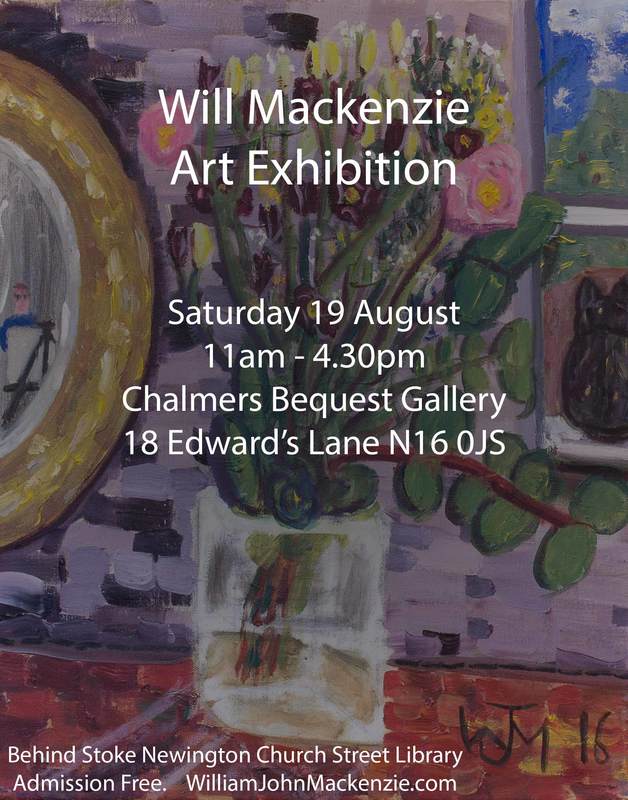
 RSS Feed
RSS Feed